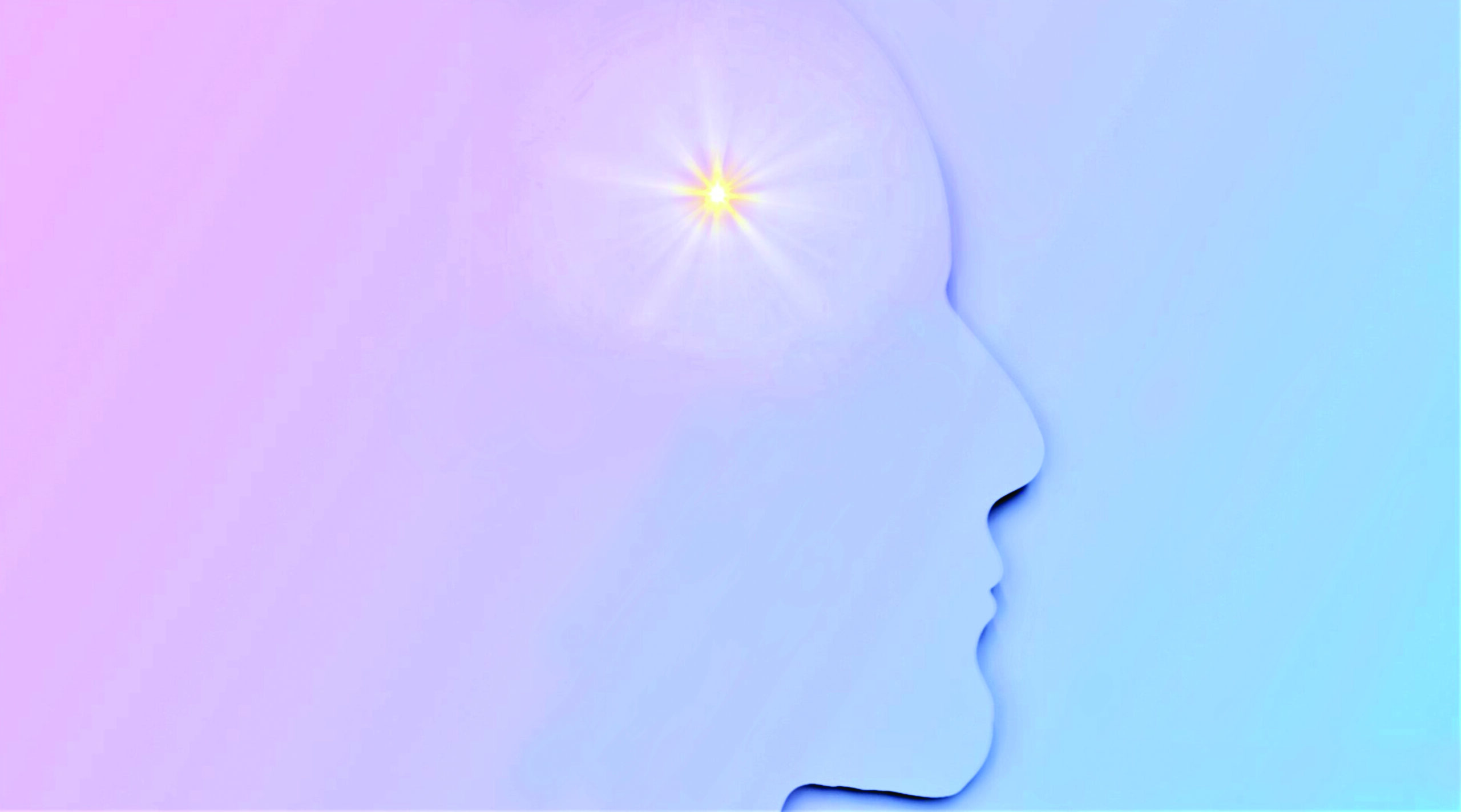The brain continually receives inputs from the sense organs – the eyes, ears, nose, tongue, and the skin. These inputs arrive through the process of neuronal firing, by which neurons, or nerve cells in the brain, generate and transmit electrical impulses, allowing them to communicate with each other and perform various brain functions. The neuronal firing terminates in the region of the brain which corresponds to the sense organ. The point of origin of the electrical impulse indicates which sense organ is sending the input. However, the mechanism of neuronal firing remains the same for all sensory stimuli.
Now, which part of the brain decides whether any action must be taken in response to the stimulus, and the nature thereof? The inputs from the senses are unpredictable, and may change every moment. It would be illogical to assume that the brain is programmed to deal with every possible input. In that case the response to one kind of input would always be the same. But that does not happen in real life, where we often act without any physical stimulation – someone idling on a couch may decide to take a stroll, for no particular reason. We also ignore sensory inputs, such as those from routine sounds, whereas we may have reacted to the same sounds with curiosity or alarm at a young age. This would not be possible had the brain been programmed to respond to sensory stimuli.
The structure of the brain indicates that it is an organ that performs assigned duties – it is incapable of changing its working on its own. There is obviously an intelligent entity that makes choices which determine how the brain functions. If consciousness resided in the brain, it would be possible to elicit thoughts by applying electric currents to the brain to stimulate it. Pioneering neurosurgeon Dr. Wilder Penfield tried this in his well-known experiments on patients. He stimulated different areas of the cerebral cortex, the brain’s outermost layer of nerve cell tissue, which plays a key role in memory, thinking, learning, reasoning, problem-solving, emotions, consciousness, and functions related to the senses. No patient attributed the resulting actions or thoughts to his or her own volition.
The electrical stimulation caused the patients to recall dreams and smells, and they had visual and auditory hallucinations, as well as out-of-body experiences. These perceptual illusions lasted only as long as the stimulation. But Dr. Penfield was unable to change the patients’ beliefs or decisions by inducing currents in their brain. He wrote in his book, ‘The Mystery of the Mind’: “…there is no valid evidence that electrical stimulation can activate the mind… none of the actions that we attribute to the mind has been initiated by electrode stimulation.” Further, he wrote: “There is no place in the cerebral cortex where electrical stimulation will cause a patient to believe or to decide.”
It is evident from Dr. Penfield’s ground-breaking experiments that attributing thoughts, beliefs, decisions, and consciousness to the brain alone is erroneous. There is an independent entity exerting a causal influence on cerebral processes and bearing responsibility for thoughts, decisions, and consciousness itself. As Dr. Penfield wrote in his book: “What a thrill it is, then, to discover that the scientist, too, can legitimately believe in the existence of the spirit!”.
B.K. Girish, an engineer by profession, has been a student of Rajyoga with the Brahma Kumaris for 40 years. After working in various IT companies, he now devotes his time to spiritual service, including scripting short films on spiritual subjects.







